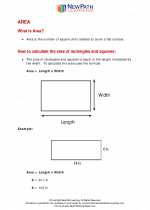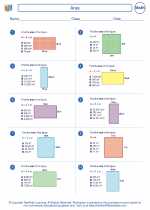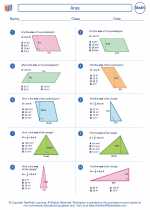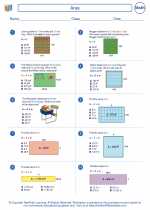Cosine
The cosine of an angle in a right-angled triangle is the ratio of the length of the adjacent side to the length of the hypotenuse. In other words, it is a trigonometric function that relates the angle of a right triangle to the lengths of its sides.
Formula
The cosine of an angle θ in a right-angled triangle is given by the formula:
cos(θ) = adjacent side / hypotenuse
Usage
The cosine function is used to solve problems involving right-angled triangles, such as finding the length of a side or the measure of an angle. It is also widely used in various fields such as physics, engineering, and astronomy to model and analyze periodic phenomena.
Properties
- The value of cosine is always between -1 and 1: -1 ≤ cos(θ) ≤ 1.
- The cosine function is an even function, meaning that cos(θ) = cos(-θ) for all values of θ.
- The period of the cosine function is 2π, meaning that the graph of cos(θ) repeats every 2π radians.
Study Guide
When studying the cosine function, it's important to understand the following key concepts:
- Definition of cosine and its relationship to right-angled triangles.
- Using the cosine function to solve for unknown sides and angles in right-angled triangles.
- Understanding the range of values for the cosine function (-1 ≤ cos(θ) ≤ 1).
- Graphing the cosine function and identifying its key characteristics such as amplitude, period, and phase shift.
- Applying the cosine function to real-world problems and scenarios.
Practice using different values for angles and side lengths in the cosine function to reinforce your understanding of its properties and applications.
Remember to also familiarize yourself with the related trigonometric functions such as sine and tangent, as they often appear together in trigonometry problems.
By mastering the cosine function, you will have a strong foundation for further studies in trigonometry and its practical applications.
.



